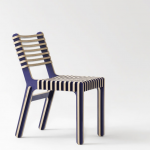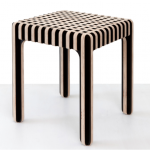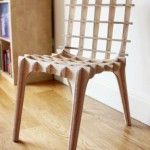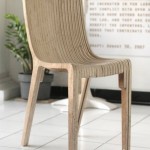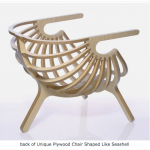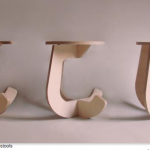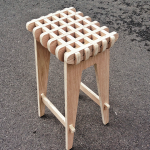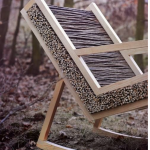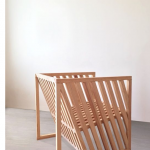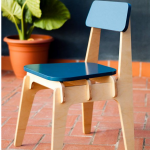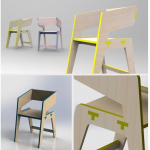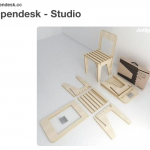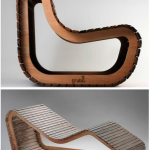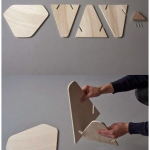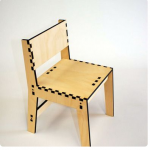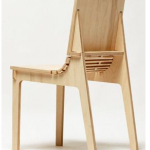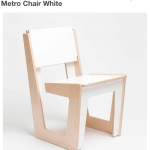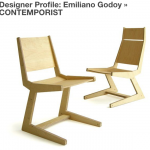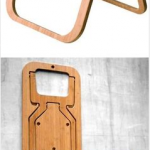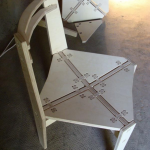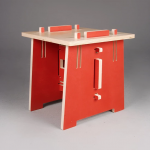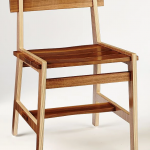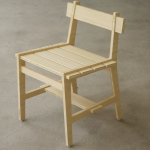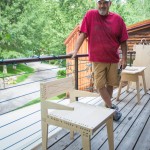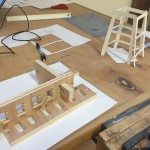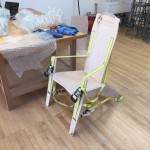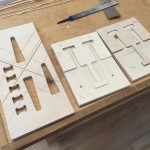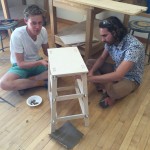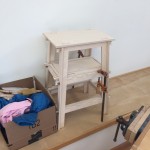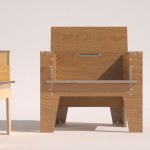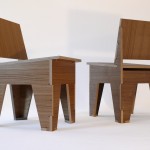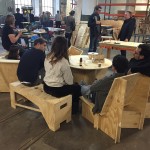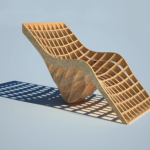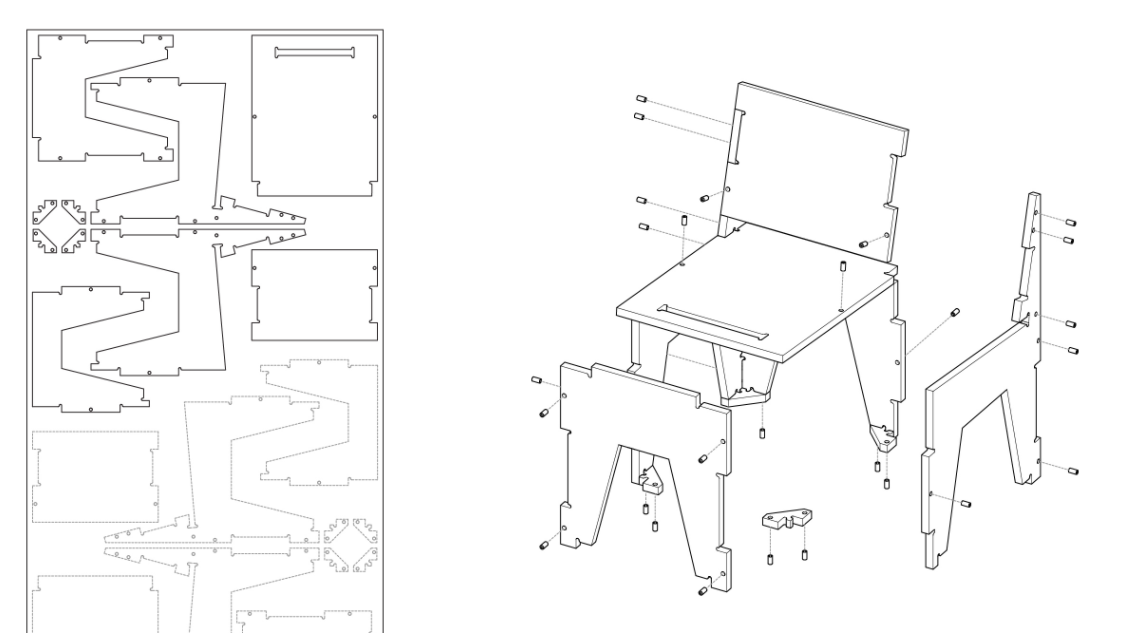Why are we doing this? (objectives)
- To practice computer assisted design (CAD)
- To execute in-depth research and problem solving related to production design
- To observe and understand how the components of each product are put together, and why
- To apply knowledge gained from research to 3D CAD modeling, rapid-prototyping (3D printers, laser cutters/engravers, CNC router)
- To practice prototyping and revision in order to arrive at the final product.
Process
We will be designing an absurdist chair for eating a specific food. Projects will be evaluated based on subject, form, content, and context.
- We’ll start by brainstorming foods.
- We’ll research chair design and flat-pack design (books on reserve at the library, internet, etc.)
- Sketching, and critique
- First iteration on Rhino gets Laser-Cut
- Crit of first iteration
- Next draft (continuing iterations on laser-cutter until you arrive at final design; be sure to also do some test-cuts of just a joint or two using the CNC/plywood before cutting out the life-size plywood chair)
- Final Critique
- Reflection
Instructable for Ratchet Strap Chair
Tips for Better CNC Projects
- CNC fabrication is more like baking than cooking. Take your time to think, prepare, measure, setup, and stage — then let the machine perform its magic!
- Laser cutters are great for quick, mini-prototypes of a CNC project. Study a new design, try out decorative patterns, and practice putting flat parts together before you go full scale.
- Partial prototypes are the key to cutting perfectly flush plywood joinery with a CNC router. Use a small test piece to coordinate your material, machine settings, and digital file.
Grading
5pts – brainstorming/sketches
5pts – participation in critiques
5pts – laser-cut iterations (concept in relation to subject and context, craft and design work, effort, openness to feedback from peers, etc.)
5pts – CNC plywood iteration (concept in relation to subject and context, craft and design work, effort, openness to feedback from peers, etc.)
5pts – reflection (addressing the 4 components of an artwork, and perceived success/failure of the work)
